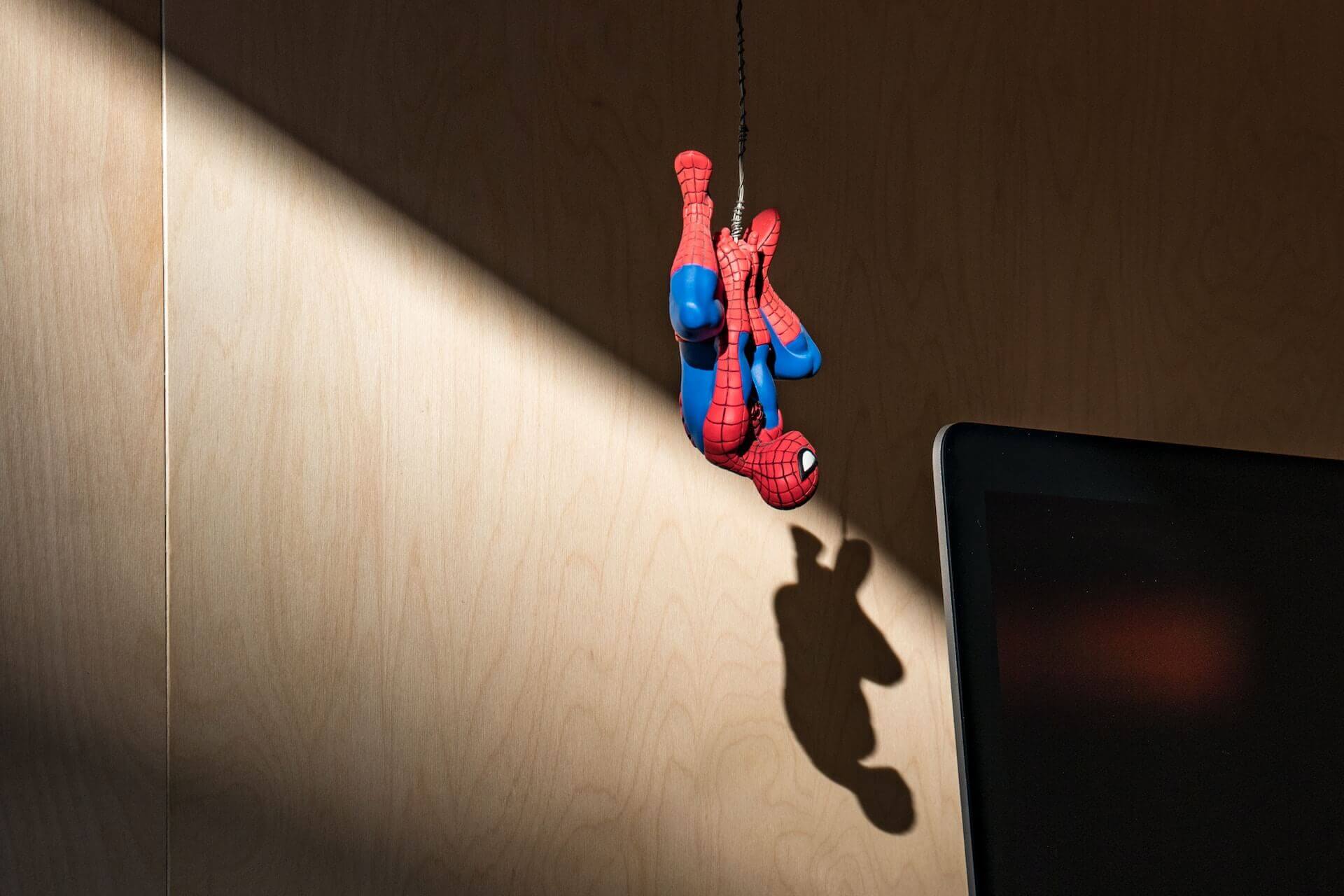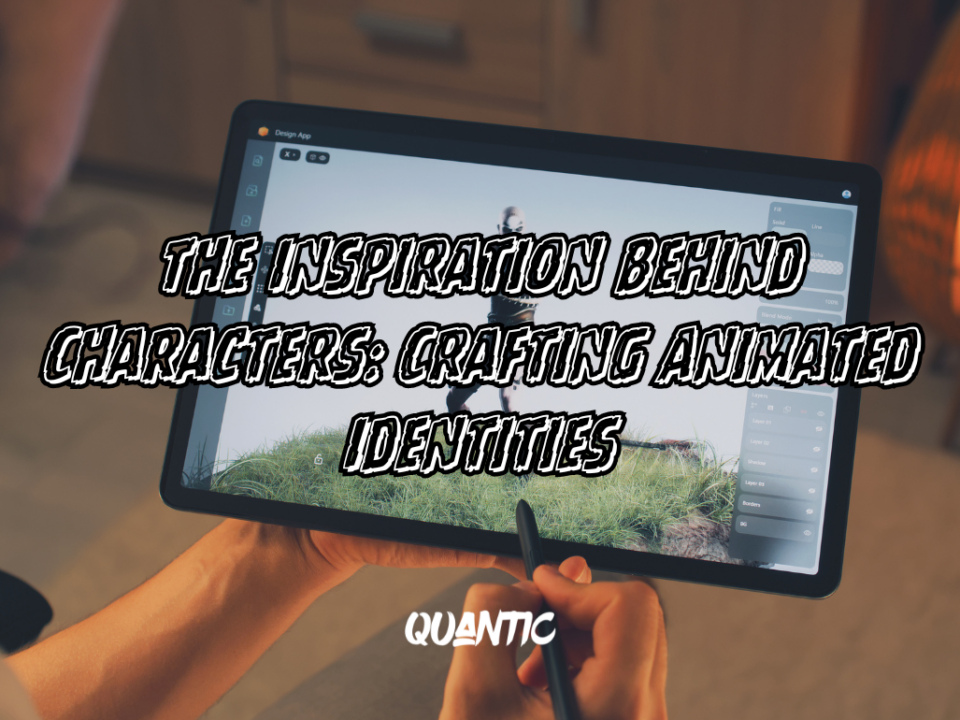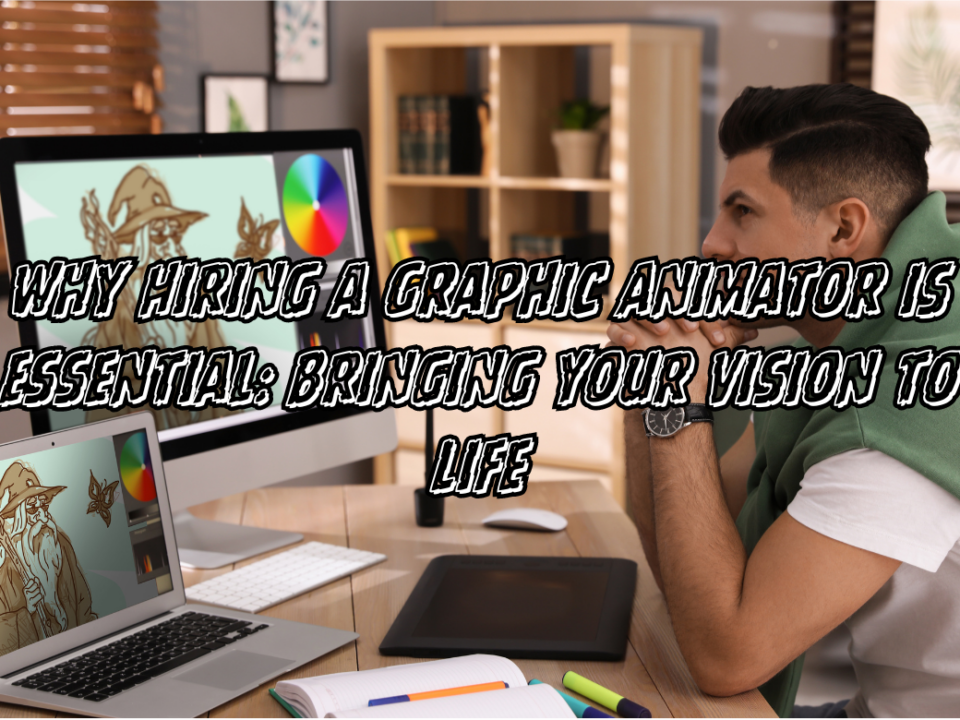
What is rigging?
April 5, 2023
What is rotoscopy?
May 10, 2023Designing characters for a video game is a complex and detailed process that requires creative and technical skills. In this process, designers must ensure that characters are unique and engaging, and that they fit the aesthetic and style of the game. In this article, we will explore the key steps in designing characters for a video game and how professionals approach this process.
Step one
The first step in designing characters for a video game is to understand the needs of the game. The designer must consider the game’s storyline, the world in which the game is set and the target audience. This will help him/her to create characters that fit the story and tone of the game, and that connect emotionally with the players. The designer should also make sure that the characters are distinct enough to be easily identifiable, even in frantic game situations.
Step two
Once the designer understands the needs of the game, he or she can begin to develop concepts for the characters. It is important to explore various options for each character, from physical appearance to personality and character traits. During this process, the designer should also consider the art style of the game and ensure that the characters fit that aesthetic.
Step three
Once the designer has developed some concepts for the characters, he or she can begin to create more detailed sketches and drawings. These drawings can include profile, front and full body views. The designer can also add details such as clothing, hair and accessories. At this point, it is important to consider how the character will look from different angles and in different game situations.
Step four
After having developed the sketches, the designer must create a 3D model of the character. This involves using specialised 3D modelling software to create a three-dimensional representation of the character. The designer can add details such as texture, colour and lighting to make the model look more realistic. The model should be designed to be animated, which means it should have a bone structure that allows the character to move naturally.
Step five
Once the 3D animation model has been created, the designer must animate the character. This involves using animation software to create realistic and natural movements for the character. The designer can also add facial expressions and gestures to make the character more expressive and emotionally appealing to players.
Last step
Finally, the designer must integrate the character into the game. This involves working in collaboration with other professionals, such as level designers and programmers, to ensure that the character fits seamlessly into the game world. The character must have fluid and realistic animations, and must interact natur ally with objects and other characters in the game.
In summary, designing characters for a video game is a complex process that requires a combination of creative and technical skills. Designers must understand the needs of the game and develop concepts that fit the aesthetics and style of the game. They must then create sketches and 3D models of the character, animate them and finally integrate them into the game. This process involves working in collaboration with other professionals and ensuring that the character is consistent with the game’s plot and world.
If you want to know more about how you can design characters in a more professional way contact us.




